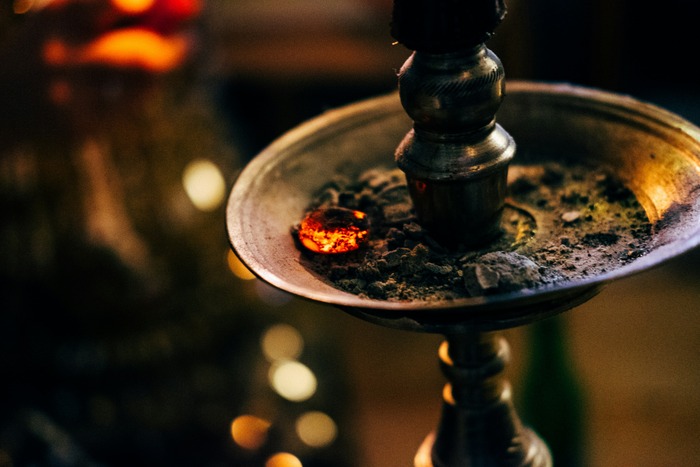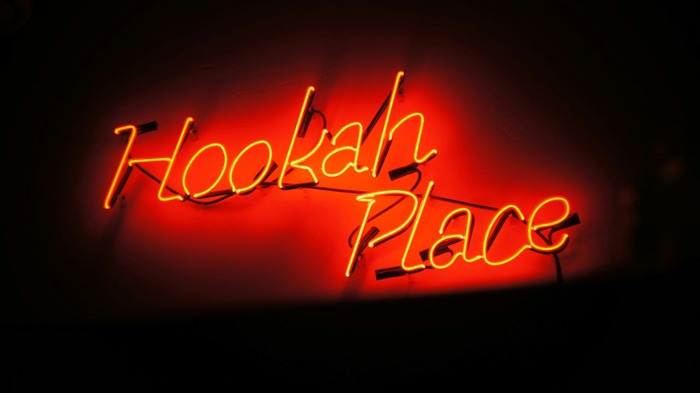In recent years, the United States has witnessed a significant rise in the popularity of hookah, a trend that transcends its traditional Middle Eastern roots to embrace a wide array of American demographics.
Originally a staple of social gatherings in the Arab world, hookah has evolved beyond its cultural origins to become a beloved pastime among various communities, including those from Arab and CIS backgrounds.
This shift from tradition to trend is not just a reflection of America’s growing cultural mosaic but also highlights the broader acceptance and integration of global customs into the American lifestyle.
As hookah lounges and cafes proliferate across the nation, they bring with them a piece of cultural heritage that resonates well with the American spirit of diversity and inclusion.
Historical Context and Evolution
Hookah smoking, with its rich tapestry woven into the cultural fabric of the Middle East, has ancient roots that trace back centuries. Originally conceived as a method of tobacco consumption in India, the practice was refined in Persia where the hookah was first introduced.
The traditional use of shisha and hookah tobacco was not only a leisure activity but also a ceremonial gesture deeply embedded within social and cultural rituals. As these regions experienced waves of migration and the forces of globalization expanded, hookah culture gradually permeated Western societies.
The transmission of this tradition to the Western world has been significantly influenced by immigration, as diaspora communities sought to maintain their cultural practices in new environments. This retention of cultural identity through hookah has helped introduce the practice to a broader audience.
Furthermore, globalization has facilitated a cross-cultural exchange, making hookah a global phenomenon that is enjoyed across various demographics in the U.S. and beyond.
This cultural diffusion has been supported by the international trade in hookah tobacco, which has adapted to include a variety of flavors catering to global tastes, merging traditional elements with new preferences.
The Surge in Hookah Popularity in the U.S.
The rise of hookah use in the U.S. can be attributed to several key factors that have made it more than just a niche hobby. Social media has played a pivotal role, with platforms like Instagram and Snapchat showcasing vibrant hookah bars and visually appealing smoking setups that attract a younger audience.
This exposure not only normalizes the activity but also glamorizes it, creating a trend that many want to partake in.
Cultural integration has also been significant, as diverse populations bring and share their customs and leisure activities. Hookah smoking, deeply ingrained in Middle Eastern and South Asian cultures, has found a new home in multicultural urban centers across the U.S.
The social nature of hookah smoking—often seen in communal settings such as hookah bars and cafes—appeals to the American social scene, providing a relaxed environment for socializing and entertainment.
These venues offer a communal experience that is both exotic and familiar, bridging different cultural backgrounds over a shared pastime.
Economic Impact of Hookah Sales
The economic impact of the growing popularity of hookah in the U.S. is substantial. The proliferation of hookah lounges and cafes has led to the creation of numerous jobs, from direct employment within these establishments to roles in distribution and supply chains that support them.
These businesses contribute to local economies not only through employment but also by attracting patrons who spend on leisure activities, thereby boosting local business revenues.
Moreover, the rise in hookah sales has stimulated market diversification. Entrepreneurs have recognized the demand for specialized products and have responded with a variety of hookah-related goods and services, ranging from artisanal shisha flavors to custom hookah design and manufacturing.
This segment of the market has seen growth in both retail and online sectors, catering to a consumer base that values both tradition and innovation in their smoking experience.
Additionally, the tax revenue generated from tobacco sales—including hookah tobacco—provides a significant financial resource for local and state governments.
These funds are often allocated to public health and education programs, indicating that the economic benefits of the hookah industry extend beyond immediate business interests, contributing to broader societal benefits.
Health Considerations and Regulatory Impact
As hookah smoking has gained popularity, there has been an increasing focus on understanding its health implications and the regulatory measures needed to ensure public safety.
In response, public health campaigns have been launched to educate the public about the proper use of hookah equipment and to promote safety standards in hookah bars and lounges.
These campaigns are designed to ensure that both operators and patrons are well-informed about the best practices for hookah preparation and enjoyment.
Regulations governing the sale and consumption of hookah tobacco play a crucial role in shaping the industry. These regulations vary widely across different states and municipalities in the U.S.
They typically include licensing requirements for hookah bars, restrictions on the age of purchasers, and rules governing where hookah smoking can occur. Such measures aim to ensure that hookah use is conducted in a manner that respects community standards and protects public health.
Furthermore, regulatory bodies have also been involved in overseeing the marketing and distribution of hookah products.
This includes ensuring that hookah tobacco is properly labeled and that claims made about the product adhere to legal standards. The aim is to maintain transparency and prevent misleading information that could affect consumer decisions.
In addition to regulatory efforts, there is ongoing research to better understand the social aspects of hookah use, such as its role in community bonding and its cultural significance. This research helps inform public health policies that respect cultural practices while prioritizing the well-being of the community.
Conclusion
The hookah market is poised for continued growth with innovations such as eco-friendly materials and hybrid hookah devices that cater to health-conscious consumers.
Expect further regulatory adjustments as authorities strive to balance cultural practices with public health objectives. Consumer preferences are likely to evolve towards unique, personalized smoking experiences, driving diversity in product offerings.


